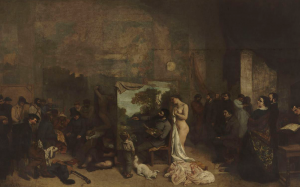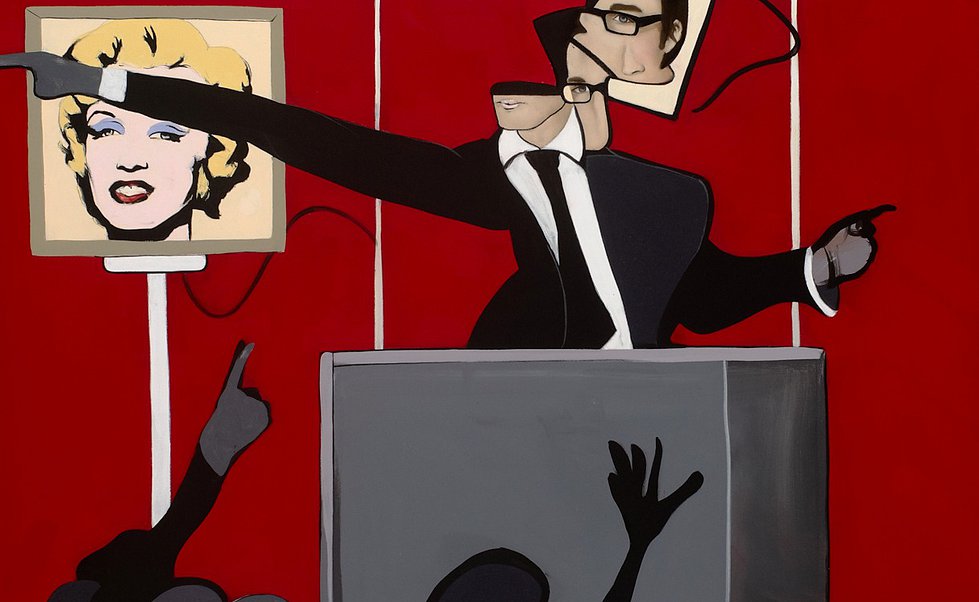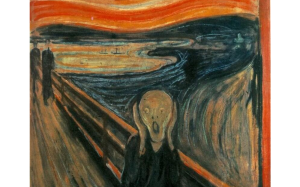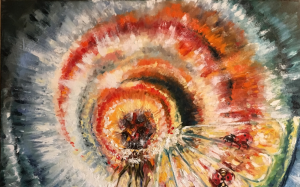How to sell art directly
 Over the course of a career, any artist has all the opportunities to sell his art directly to collectors or other interested buyers – either privately in their studios or publicly at exhibitions, art fairs, charity events, and so on. Of course, the Internet occupies a significant place, but face-to-face meetings remain incredibly important. The following tips are designed to help any artist maximize the potential for positive results in individual interaction with potential buyers:
Over the course of a career, any artist has all the opportunities to sell his art directly to collectors or other interested buyers – either privately in their studios or publicly at exhibitions, art fairs, charity events, and so on. Of course, the Internet occupies a significant place, but face-to-face meetings remain incredibly important. The following tips are designed to help any artist maximize the potential for positive results in individual interaction with potential buyers:
* Ensure that everyone who visits your studio, stand or space feels good and comfortable in your art environment. Be prepared to answer questions and let the customer look around, feel how you work, and what your artist life is like. Always have your biography, resume or other relevant print or online material on hand.
* When people ask you about art, explain it in simple and accessible words. If someone does not ask, do not go into details about your work, do not need to give lengthy explanations and lectures. At a public event during a conversation, keep an eye on who is still nearby so that they too can get some of your attention.
* Select a part of your studio specifically to show the finished work – clean and free from clutter. The closer you can get closer to the visibility of the gallery, the better. People are much easier to evaluate and understand the impact of specific works, when they can focus directly on them. At the very least, find a place where a potential buyer can “be one on one” with the art in which he is interested. For example, you can hang a picture on the wall with good lighting, isolated from your other works. This is much better than showing it on an easel or table among many other paintings.
* Provide a simple selection. Do not show everything that you have ever created. The “something for everyone” strategy only confuses people, makes your studio look more like a bazaar than a gallery. Focus on a particular picture (maximum of two or three).
* If someone insists on seeing the full range of your work, perhaps invite him later. Or let me see only a part of the work and look at the reaction. Do not allow buyers to move freely around the workshop, it will only confuse them.
Let people form their own opinions, regardless of what you personally think about the art they are looking at. Just explain or interpret specific works of art when you are asked and whatever you do, do not argue or correct anyone. If someone perceives your art in a different way than you see, this is normal. Not all impressions, interpretations or reactions are identical. Let people see what they want to see.
* When people interested in your art talk about works that they like and want to see more, show them similar work, even if you wanted to show others. If you try to divert them in a different direction, it can confuse them, which will reduce your chances of selling. Remember that each person’s tastes are unique.
* Some buyers mention the names of other artists whose works are in their collections. Regardless of what you think of these artists, react positively and avoid comparison. The denial of another artist always reduces the chances for sale.
* Be sensitive to customers with a modest budget, especially those who clearly love your art. Art should be available in different price ranges. Your goal – to bring your art to the masses. Your art is your business card. The more people see it, the more chances to sell it.
* Allow indecisive, but promising buyers to take works of art for a week or two to think about and return them for any reason, if they decide not to add them to their collections (provided that they make full payment and make a pledge). Deciding what art to buy is a daunting task for many people, especially for those who are not familiar with collecting, and they appreciate having extra time to make a decision.
* Offer to show a selection of your work in homes or offices of potential buyers. This will increase your chances of selling.
* Offer to deliver art free of charge if buyers cannot transport it themselves (provided reasonable distances from your studio).
* Set all prices in advance and make sure that they are clearly visible both on the art itself and on the price lists. Never make up prices on the fly. Any indecision or uncertainty in this matter may cause the buyer to think that you value your art according to your whims or call different prices for different people. For example, if you go to the store and want to buy something, not knowing how much it costs.





